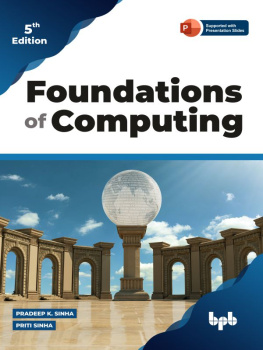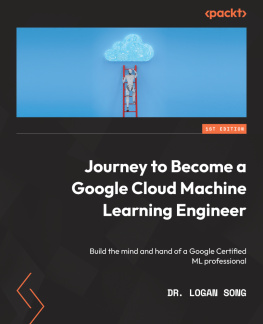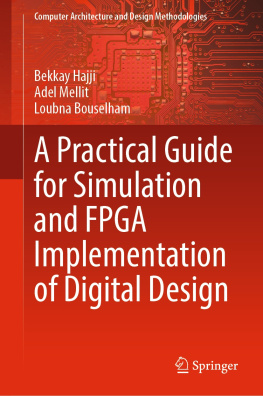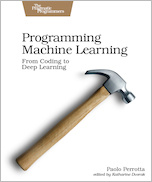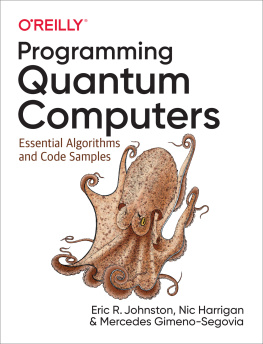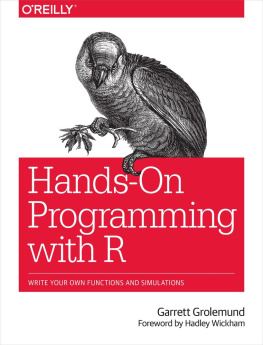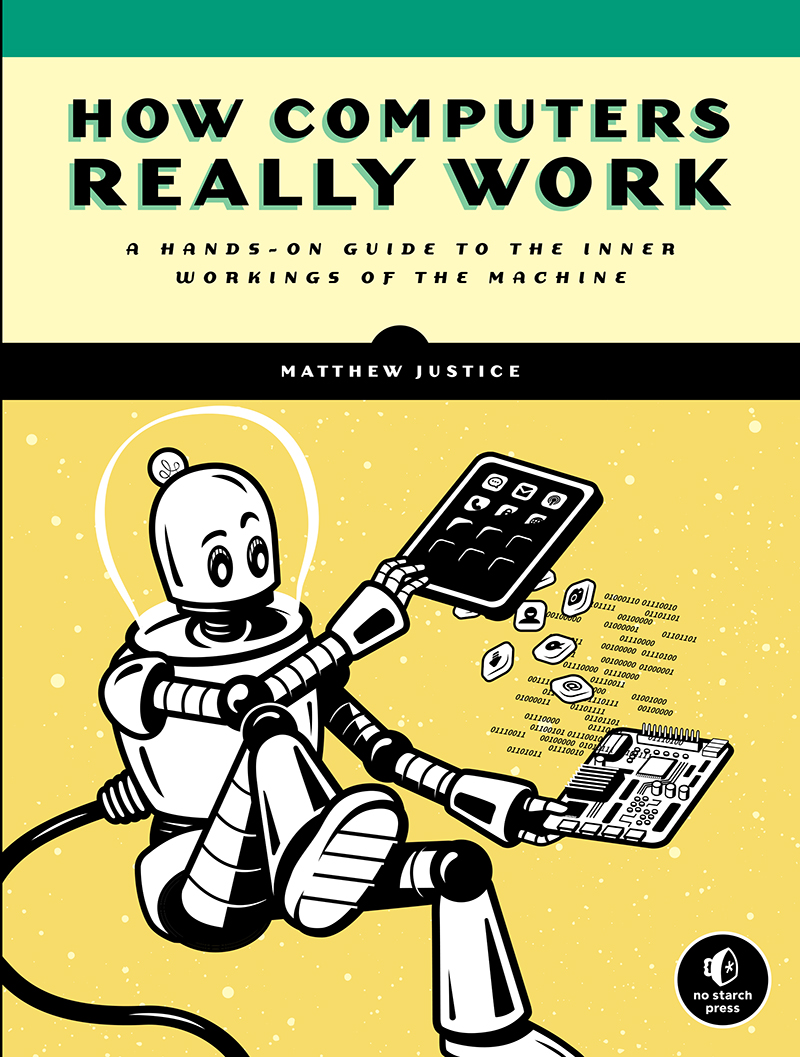Matthew Justice - How Computers Really Work: A Hands-On Guide to the Inner Workings of the Machine
Here you can read online Matthew Justice - How Computers Really Work: A Hands-On Guide to the Inner Workings of the Machine full text of the book (entire story) in english for free. Download pdf and epub, get meaning, cover and reviews about this ebook. year: 2020, publisher: No Starch Press, genre: Home and family. Description of the work, (preface) as well as reviews are available. Best literature library LitArk.com created for fans of good reading and offers a wide selection of genres:
Romance novel
Science fiction
Adventure
Detective
Science
History
Home and family
Prose
Art
Politics
Computer
Non-fiction
Religion
Business
Children
Humor
Choose a favorite category and find really read worthwhile books. Enjoy immersion in the world of imagination, feel the emotions of the characters or learn something new for yourself, make an fascinating discovery.

- Book:How Computers Really Work: A Hands-On Guide to the Inner Workings of the Machine
- Author:
- Publisher:No Starch Press
- Genre:
- Year:2020
- Rating:3 / 5
- Favourites:Add to favourites
- Your mark:
How Computers Really Work: A Hands-On Guide to the Inner Workings of the Machine: summary, description and annotation
We offer to read an annotation, description, summary or preface (depends on what the author of the book "How Computers Really Work: A Hands-On Guide to the Inner Workings of the Machine" wrote himself). If you haven't found the necessary information about the book — write in the comments, we will try to find it.
An approachable, hands-on guide to understanding how computers work, from low-level circuits to high-level code.
How Computers Really Work is a hands-on guide to the computing ecosystem: everything from circuits to memory and clock signals, machine code, programming languages, operating systems, and the internet. But you wont just read about these concepts, youll test your knowledge with exercises, and practice what you learn with 41 optional hands-on projects. Build digital circuits, craft a guessing game, convert decimal numbers to binary, examine virtual memory usage, run your own web server, and more.
Explore concepts like how to:
- Think like a software engineer as you use data to describe a real world concept
- Use Ohms and Kirchhoffs laws to analyze an electrical circuit
- Think like a computer as you practice binary addition and execute a program in your mind, step-by-step
The books projects will have you translate your learning into action, as you:
- Learn how to use a multimeter to measure resistance, current, and voltage
- Build a half adder to see how logical operations in hardware can be combined to perform useful functions
- Write a program in assembly language, then examine the resulting machine code
- Learn to use a debugger, disassemble code, and hack a program to change its behavior without changing the source code
- Use a port scanner to see which internet ports your computer has open
- Run your own server and get a solid crash course on how the web works
And since a picture is worth a thousand bytes, chapters are filled with detailed diagrams and illustrations to help clarify technical complexities.
Requirements: The projects require a variety of hardware - electronics projects need a breadboard, power supply, and various circuit components; software projects are performed on a Raspberry Pi. Appendix B contains a complete list. Even if you skip the projects, the books major concepts are clearly presented in the main text.
Matthew Justice: author's other books
Who wrote How Computers Really Work: A Hands-On Guide to the Inner Workings of the Machine? Find out the surname, the name of the author of the book and a list of all author's works by series.

